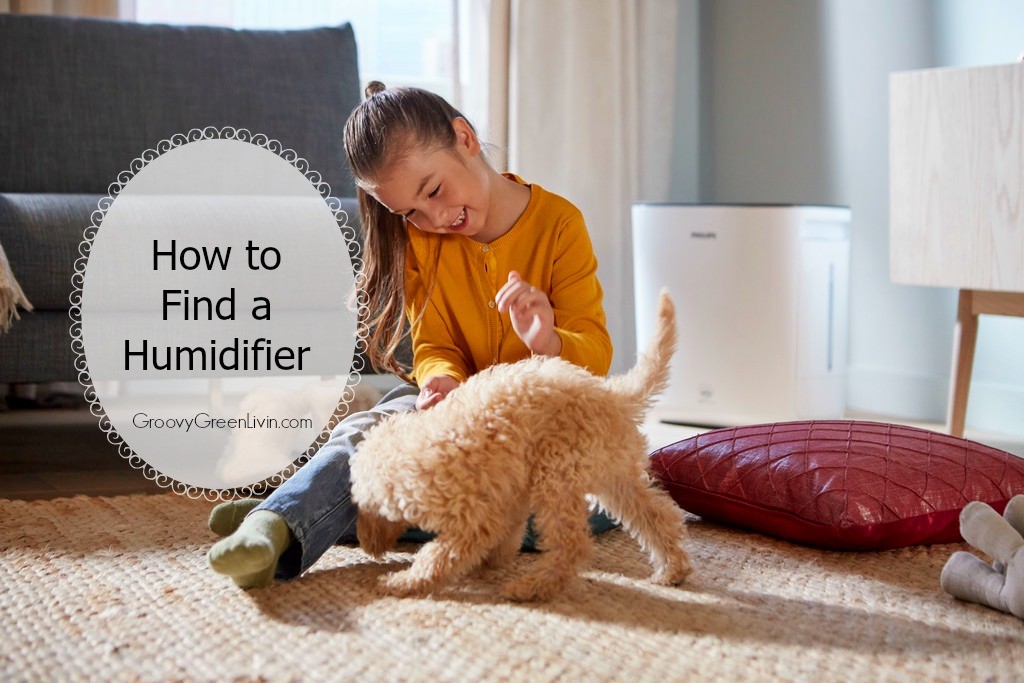This post was originally published at Moms Clean Air Force [2]
After a long tug of war between fall and winter, the Northeast winter has finally settled in. It appears as though the cooler air is here to stay for the duration. Along with the cold, dry air comes a laundry list of cold-weather conditions impacting many including chapped lips, stuffy noses, colds, dry skin, allergies and asthma [3]. Many times a humidifier is a welcome addition to a home trying to combat the drying effects of the winter air.
What does a humidifier do?
There are many different versions of a humidifier, but all add moisture to the air. The moisture in turn increases the level of humidity in your living space, which helps alleviate the common cold-weather conditions. The added moisture can also help with reducing static electricity in your home and can also help reduce cracks in paint and furniture [4]. Using a humidifier can also help to improve indoor air quality [5]. Air pollution [6] is now the world’s largest single environmental health risk according to estimates [7]. In 2012, around 7 million people died, one in eight [8] of total global deaths, as a result of air pollution. 4.3 million of those deaths were attributable to indoor air pollution.
Why some kids need a humidifier
From infants to teens, some kids (and adults!) need to have humidity added to the dry air in their living space. Using a humidifier can relieve [5]:
- cold symptoms including a chronic runny nose
- dry skin
- chapped lips
- hay fever symptoms
- nose bleeds
- asthma and allergy flare-ups
- sinus congestion
- dry throat
*If you or your child has asthma or allergies, talk to your doctor before using a humidifier.
How to use a humidifier
As wonderful as a humidifier can be, it’s important to prevent too much moisture from entering your home. The Environmental Protection Agency (EPA) [9] recommends keeping your home’s humidity level between 30 percent and 50 percent. If too much moisture is released into the air it can stir up dust mites and molds, both of which can cause allergic reactions. The EPA also suggest using filtered water when possible to avoid circulating the minerals and micro-organisms found in tap water. [5]
Humidifiers must be cleaned regularly to work properly and effectively. Mold and bacteria growth happen quickly when there’s stagnant water. The best case scenario is to empty the humidifier tank on a daily basis and wipe it dry before refilling. Make sure to unplug before cleaning! Clean the humidifier with a three-percent hydrogen peroxide [10] solution every three days (found at most pharmacies) or an apple cider vinegar and tea tree oil solution [11]. Be sure to rinse the tank after cleaning.
It’s also important to read the manual and change the filters regularly. Check the filter often and if it looks dirty change it.
What to look for when buying a humidifier
Humidifiers come in all different shapes and sizes so it’s essential to determine what’s a good fit for your living space.
There are generally three types of humidifiers [12]:
- Warm mist humidifiers heat water to a boil, then push out the steam.
- Cool mist expel cool mist
- Whole-house humidifies the entire house and are generally used with a forced-air heating system
Always use a cool mist humidifier for children. They can easily get burned from the warm mist.
To decide what size humidifier to purchase you’ll need to measure the square footage of the room. Once you have that information read the packaging to determine what size is a good fit.
TELL YOUR GOVERNOR: PROTECT OUR CHILDREN FROM CLIMATE POLLUTION [13]
Do you have a humidifier that you love? Please share!
P.S. If you liked this post you might enjoy our Groovy Green Livin Newsletter [14]. Receive new posts and special opportunities delivered right to your inbox! Sign up HERE [14].
photo credit: Philips Air Washer [15] via photopin [16] (license) [17]
